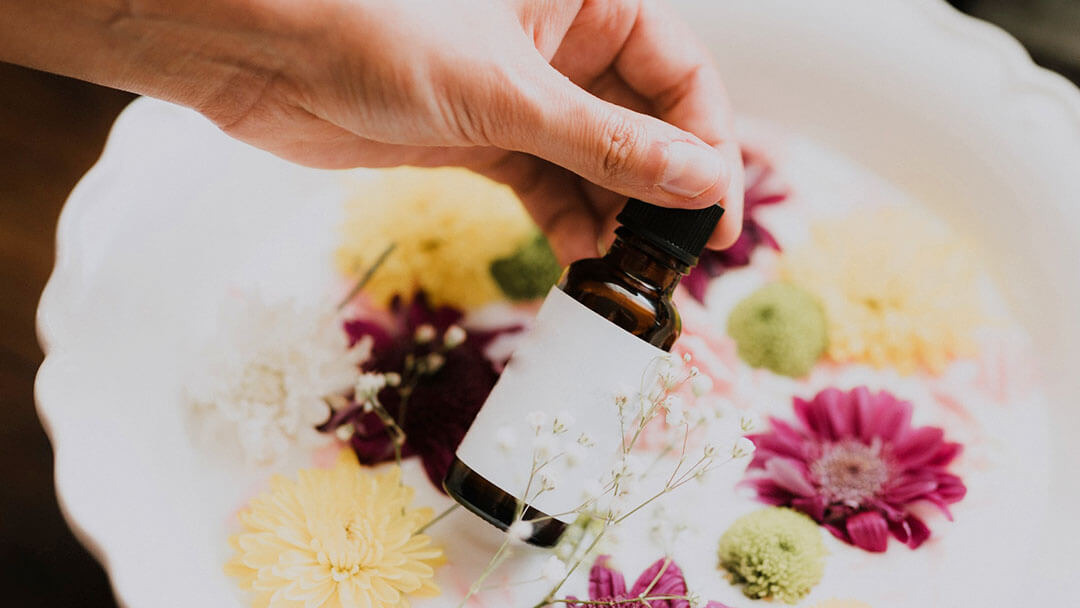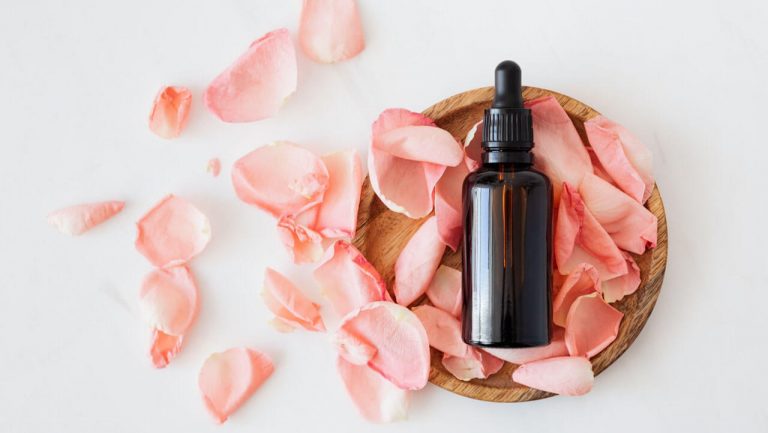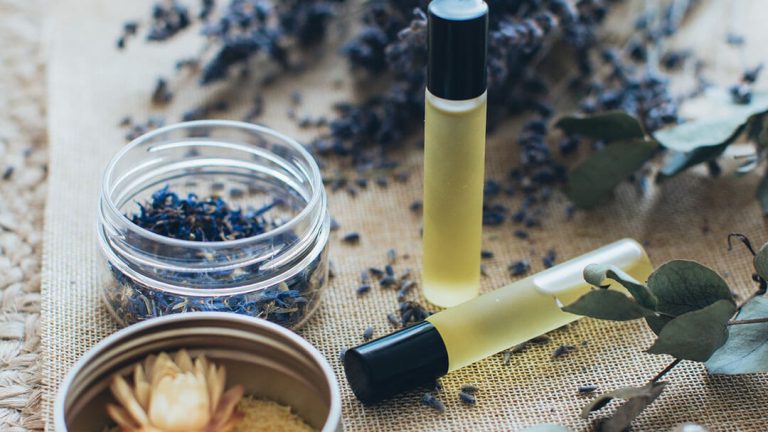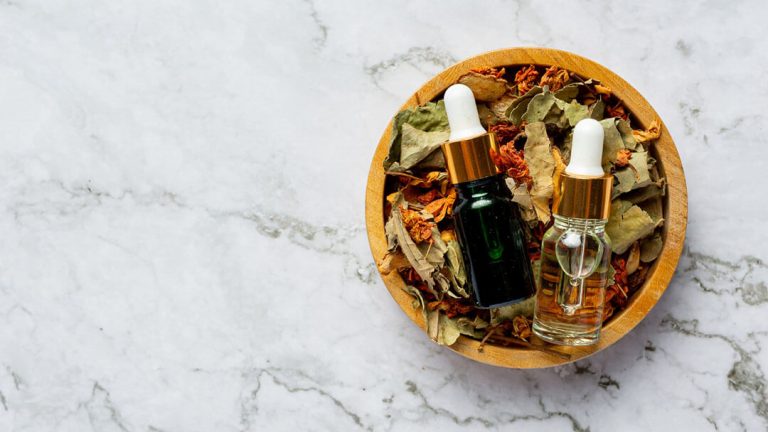Everything About Amazing Essential Oils You Need To Know
Have you ever tried squeezing a fresh lavender flower and notice the aroma left on your hands?
Or sliced a fresh orange and noticed the bright, juicy scent? Those are basically the essential oils! An essential oil is the ‘lifeblood’ of a plant. It’s the plant in its most PURE form. Think of it like this… When you break a tree branch or a leaf and you see the branch or leaf start to seep a little bit of oil and the branch or leaf starts to “heal” itself… Well, that’s the essential oil of that plant healing itself.
What is Essential Oils?
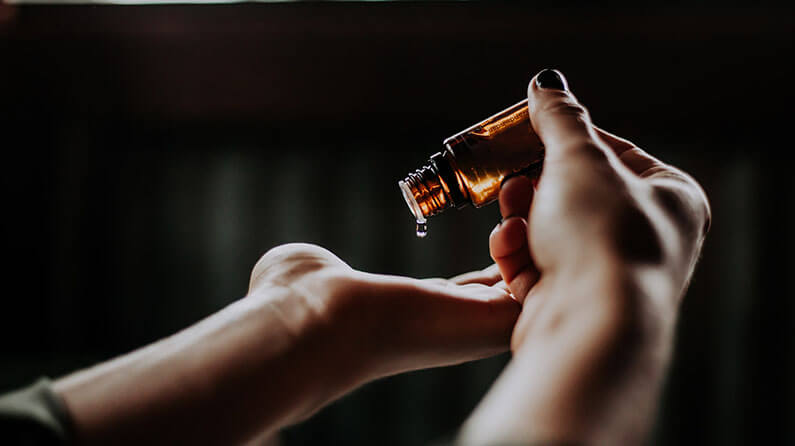
Essential oils are compounds extracted from plants. The oils capture the plant’s scent and flavor, or “essence”.
Often used in aromatherapy, a form of alternative medicine that employs plant extracts to support physical and psychological well-being.
For centuries, aromatic plants have been used for their therapeutic benefits.
Essential oils can come from just about any plant part, including the leaves, stems, flowers, bark, and roots.
Essential oils can have a wide range of therapeutic benefits and value. Our sense of smell is the only one of our senses linked directly to the emotional control centers of our brain.
This means that what we smell can have a direct impact on our emotions! Open a bottle and inhale deeply. Notice how you respond. Do you like the smell? How does it make you feel? Citrus oils such as Bergamot tend to be uplifting and bright. They’re great for creating a happy, cheerful vibe. Peppermint is expansive, ‘crisp and cooling’ and encourages deep breathing. Some essential oils, such as Lavender, can be very calming and soothing. Other oils, like Tea Tree, can be very cleansing and purifying!
How Essential Oils are Made?
We know that we love our essential oils and that we crave different aromas according to our mood. We also know that they are derived from the plant from which they are named. But how do they get from the plant to the bottle?
Well, there are several ways to extract essential oils. We don’t have too technical when talking about this topic.
Let us take a quick look at how essential oils are extracted because oils from the same plant extracted in different ways can result in very different products.
Steam distillation
- Various forms of distillation and extraction have been known and practiced for over 5,000 years.
- However, the advent of true steam distillation is credited to Avicenna (980-1037), a Persian scholar who wrote the Canon of Medicine documenting plants and their uses.
- Essential oils are stored by plants in sacs.
- During steam distillation, the most common form of distillation of essential oils, plant material is placed inside a sill.
- Steam or water/steam is pressurized and makes it way through the plant material to remove the volatile components.
- These rise through a connecting pipe leading them to a condenser, which cools the vapor and brings it back into liquid form.
- The water and oil separate, and the water is separated out. The water is called a hydrosol and the oil is the essential oil.
Hydrolats
- Hydrolats are the by-product of the distillation process, often made with spring water.
- Contain a small amount of essential oil; about 2 g in a litre, which is dispersed.
- Hydrolats have similar properties to the corresponding essential oil and can be used neat on the skin. They are ideal to use as skin toners.
- Hydrolats can be mixed with other essential oils but will not mix with carrier oils or vegetable based creams.
- They are mostly clear but may have slight colour, ranging from light pink to light purple.
- They should be stored in a cool, dark place, preferably a fridge.
- Most hydrolats can be stored for two to three years.
Expression
- Also referred as cold-pressing. The most common method of essential oil extraction for citrus fruits such as Grapefruit, Lemon, and Orange.
- Most citrus essential oils are derived from the fruit’s rind. When you slice an Orange, you are cutting open some of the oil sacs, thus the bright, juicy aroma. Try smelling an orange peel before you cut into it, and then notice the change in aroma after the sacs are cut open.
- In the past, this expression is called sponge pressing, which was done by hand. Of course, this is in no way practical for modern-day extraction.
- Now, modern machinery that uses centrifugal force separates the essential oil from the juice during citrus juice production.
- Citrus essential oils can also be extracted through distillation. This can create variances in the aroma of the essential oil being extracted, but there are certain benefits to using this process.
- Many cold-pressed/expressed citrus oils contain certain components which can cause photosensitization when used on the skin in the presence of sunlight/ UV rays.
- When citrus oils are distilled, these photosensitizing compounds are not present.
Solvent Extraction
- Sometimes plant material is just too delicate to withstand the high heat and pressure of distillation. This is true of Jasmine flowers, for example.
- Solvents can be used to help coax out the aromatic beauty of such fragile botanicals. The result is technically called an absolute.
- The basic concept is that plant material is macerated and mixed with a solvent like hexane or alcohol. These chemicals attract the essential oil out of the plant material. The oil and the solvent are then separated.
- Many aromatherapists do not consider and recommend absolutes as essential oils as there may be residual solvents left in the aromatic material at the end of processing.
- However, oils such as Jasmine and Rose are most often available as absolutes. And quite valuable for their therapeutic value.
Enfleurage
- Less than 10% of essential oils are now produced by this method, which is time-consuming and expensive.
- Most oils are now produced by solvent extraction. It is therefore only used for more expensive oils from delicate blooms, such as Rose and Jasmine.
- Oils produced by this method are known as ‘absolutes’ and are highly concentrated essential oils.
- Their scent and properties are very strong and so smaller amounts are required to give the same effect as steam distilled oils. The absolute will be thinker in consistency than essential oils.
- Some absolutes, such as Rose, solidify at room temperature and will turn to liquid when the bottle is gently warmed. The solvent extraction method also produces absolutes.
Whichever method is used to extract an essential oil, it is important to know that essential oils are potent and highly concentrated – in fact, you might be surprised just how concentrated they are!
For example, 1 Lemon produces approximately 5 drops of essential oil while 500 grams of Peppermint plant material produces about 15 ml of essential oil. No wonder essential oils are expensive.
Essential Oil Chemicals
An essential oil contains over one hundred different chemical constituents. Almost all of the molecules found in essential oils are composed of carbon, hydrogen and oxygen. Essential oils are organic compounds which means they all contain carbon. The study of carbon-based chemical is known as organic chemistry.
The joining of different molecules will create different chemicals as found in essential oils. Chemical found in essential oils include terpenes, alcohols, aldehydes, ketones, esters and more… These various chemicals can have beneficial properties on the body.
Understanding the actions of these chemicals will help you to know what therapeutic properties an essential oil will have which make them useful for treating certain ailments and conditions.
For example; essential oils with ‘analgesic’ properties helps to relieve pain, essential oils with ‘antidepressant’ helps to alleviate depression, ‘antimicrobial’ helps to destroys micro-organisms, ‘aphrodisiac’ helps to promote sexual desire and so on.
What is Carrier Oil?
Carrier oils and essential oils are made from plants. Carrier oils are used to dilute essential oils and ‘carry’ them to your skin. That’s because essential oils are potent and can cause irritation when applied directly to your skin.
Most carrier oils are unscented or lightly scented and don’t interfere with an essential oil’s therapeutic properties. They may be used alone or with other oils to nourish your skin.
Also known as base oils, carrier oils are often mixed with an essential oil in a dilution of 0.5 to 5 percent for an adult. However, the dilution depends on the type of essential oil, where the oil is applied, the size and health of the person.
Essential oils are also mixed with carrier oils in skin lotions, creams, body oils, bath oils, hair oils and lip balm.
What is Therapeutic Grade Essential Oils?
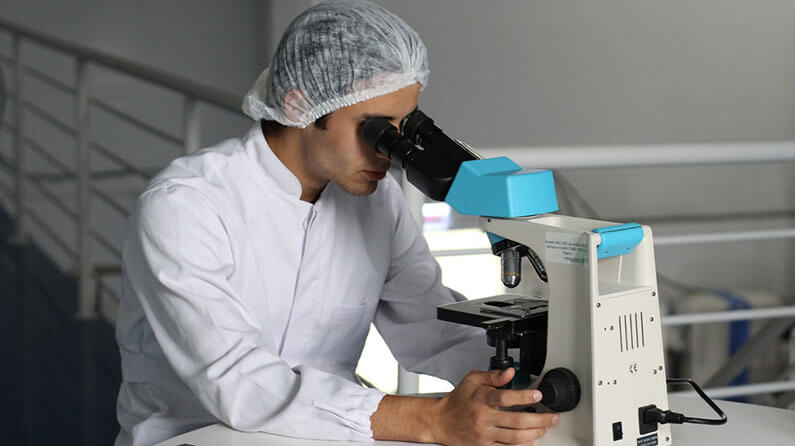
With all this plant power inside each drop, many essential oil companies label their oils as Therapeutic Grade. OK, but what does that mean?
First, there is no industry standard or regulatory body to define what qualifies an essential oil to be labeled as therapeutic grade, natural, or even pure. Companies can pretty much call anything as an essential oil.
In order to attain any therapeutic benefits from essential oils, it is important to use only pure essential oils. If a healthy plant is grown, harvested and distilled, the essential oil extracted should contain therapeutic benefits. Pure therapeutic-grade essential oils should never be diluted with aromatic isolates, lower-cost synthetic aromatic substitutes, or any undisclosed ingredient.
There’s nothing wrong with diluting essential oils in a carrier oil. It is responsible and safe essential-oil practice to do so, but it is also important for companies to disclose if anything else is added to the bottle before sale.
To ensure you are investing in a quality essential oil product, it is always best to get to know your supplier. Ask if third-party testing is done to ensure purity. Look for species name and country of origin on the labels. Do your research. Ask questions, have fun, and always keep learning!
Is Essential Oils Really Effective?
Some essential oils can be effective, depending on what a person uses them for.
There is a range of plants that contain potentially active compounds. Manufacturers have turned dozens of these plant oils into essential oil products. Some of the most popular essential oils include:
- Lavender
- Peppermint
- Tea Tree
- Lemon
- Sweet Orange
- Eucalyptus
- Orange
- Chamomile
- Ylang-Ylang
The compounds in these oils may have some health effects on the human body. The following articles provide more information on which common health conditions may benefit from the use of essential oils:
- Headaches
- Constipation
- Depression
- Cold sores
- Sinus infections
- Sore muscles
- Anxiety
Conclusion
Essential oils are the liquid extracts of potentially beneficial plants. People are beginning to use essential oils widely for a variety of common conditions, and some research shows they may help relieve symptoms in some cases.
Essential oils are generally safe when a person uses them correctly. Always dilute essential oils with carrier oils before applying them to the skin and never ingest them.

